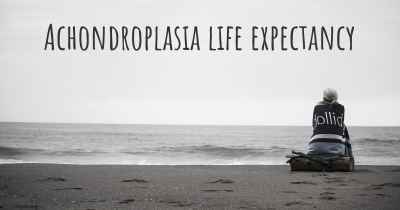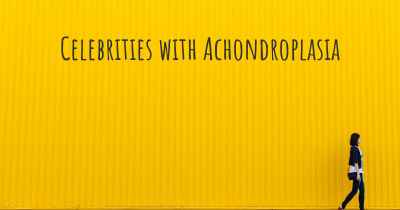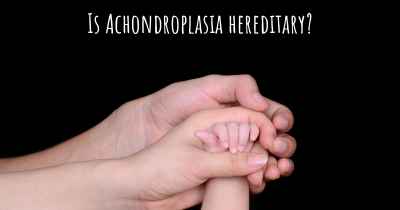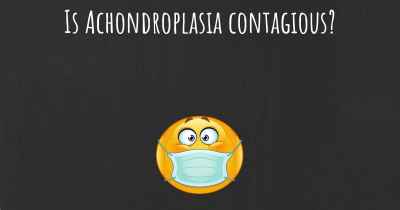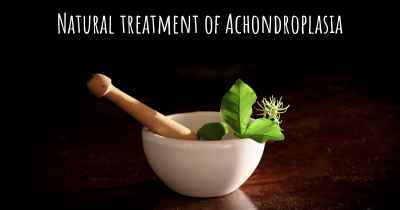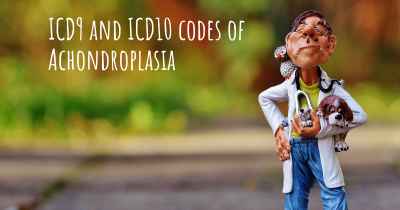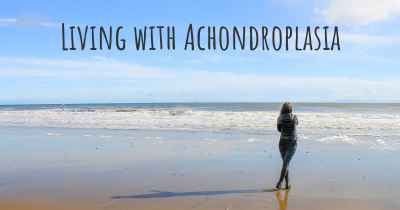Which are the causes of Achondroplasia?
See some of the causes of Achondroplasia according to people who have experience in Achondroplasia
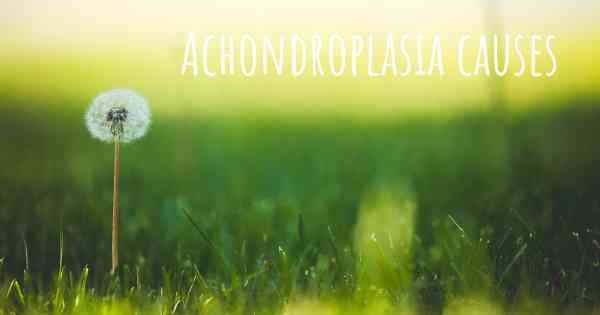
Achondroplasia:
Achondroplasia is a genetic disorder that affects bone growth, resulting in dwarfism. It is the most common form of short-limbed dwarfism, occurring in approximately 1 in every 15,000 to 40,000 births. The condition is characterized by short stature, disproportionately short limbs, and a relatively large head with a prominent forehead.
Causes of Achondroplasia:
Achondroplasia is caused by a mutation in the FGFR3 gene, which provides instructions for making a protein called fibroblast growth factor receptor 3. This gene mutation is usually a spontaneous change that occurs during the development of the egg or sperm cells, rather than being inherited from the parents. The mutation causes the FGFR3 protein to be overactive, leading to abnormal bone growth.
Autosomal Dominant Inheritance:
Achondroplasia follows an autosomal dominant pattern of inheritance, which means that a person with the condition has a 50% chance of passing it on to each of their children. However, most cases of achondroplasia occur in individuals with no family history of the disorder, as the mutation typically arises spontaneously.
Advanced Paternal Age:
Research has shown that the risk of having a child with achondroplasia increases with advanced paternal age. Older fathers have a higher likelihood of passing on the FGFR3 gene mutation to their offspring. The exact reason behind this association is not fully understood, but it may be related to the increased number of cell divisions in the sperm as men age, leading to an increased chance of genetic errors.
Genetic Testing:
Genetic testing can confirm the presence of the FGFR3 gene mutation and diagnose achondroplasia. This testing is typically performed when there is a suspicion of the condition based on physical characteristics observed in an individual or their family history. Prenatal testing can also be done to detect the mutation during pregnancy.
Impact on Bone Growth:
The FGFR3 gene mutation affects the growth plates, which are areas of developing cartilage at the ends of long bones. Normally, these growth plates allow bones to lengthen during childhood and adolescence. In achondroplasia, the mutation leads to premature closure of the growth plates, resulting in shorter bones and overall reduced height.
Other Health Concerns:
In addition to the characteristic physical features, individuals with achondroplasia may experience other health issues. These can include spinal stenosis (narrowing of the spinal canal), recurrent ear infections, hearing loss, obesity, and respiratory problems. Regular medical monitoring and appropriate interventions can help manage these associated conditions.
Treatment and Support:
While there is no cure for achondroplasia, various interventions can help manage the condition and improve quality of life. These may include growth hormone therapy to increase height, surgical procedures to address spinal or limb abnormalities, and early intervention programs to support development in affected children. Genetic counseling is also important for individuals and families affected by achondroplasia to understand the inheritance pattern and make informed decisions.
Posted Oct 19, 2017 by Kenia Maria 1000
